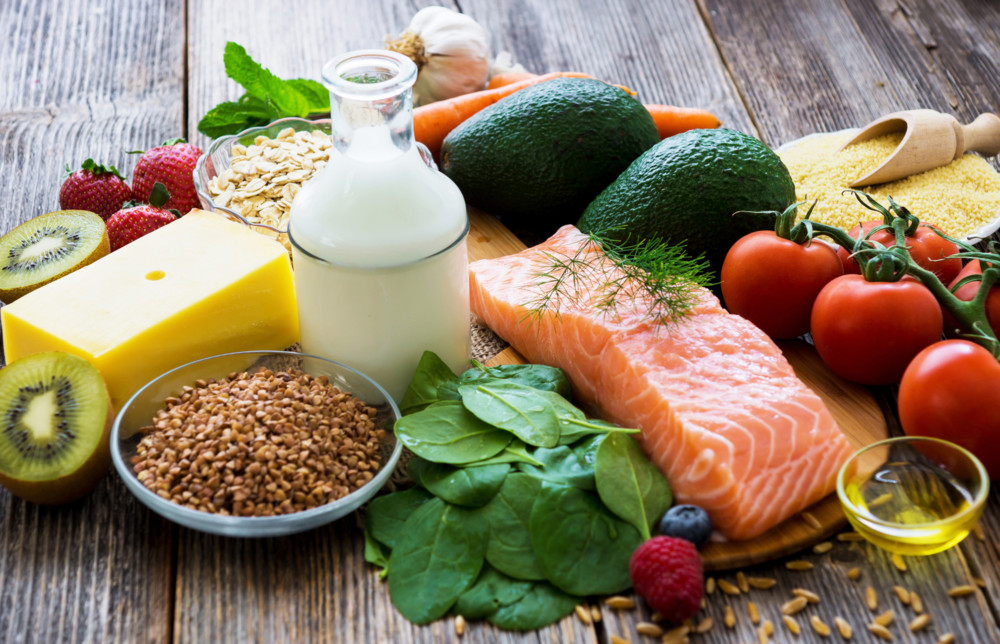By Shay Castle
Daily Camera, Boulder, Colo.
WWR Article Summary (tl;dr) Great Q&A with Boulder food entrepreneur Sara Brito. Brito recently launched “Good food 100.” It is a ratings system designed to measure, recognize and celebrate chefs who are making a positive impact on the food system.
Daily Camera, Boulder, Colo.
For rating a restaurant’s quality, there are plenty of options: Yelp and Google and — for the serious — Zagat and Michelin.
Now there’s a system to rate an eatery’s environmental impact, and it was created by a Boulder food entrepreneur.
Sara Brito, a food industry veteran, launched Good Food 100 at the beginning of February. So far, 50 restaurants and 25 chefs have signed up, including Kimbal Musk, proprietor of The Kitchen Restaurant Group, and Chef Ann Cooper from the Boulder Valley School District.
We sat down with Brito to learn more about Good Food 100 and the forces behind it:
Question: What’s your background in the food business?
A: I’m the former executive director of the national network of chefs who care about sustainability called Chef’s Collaborative. Prior to that, I served on the Slow Food NYC board.
I have a background in branding and marketing in a lot of categories, including food. I worked with Domino’s Pizza and I was behind efforts to teach the produce industry to learn from big brands’ marketing to sell more fruits and vegetables.
Question: Why do restaurants need another rating system, and this system in particular?
A: Good food is more than just good taste. Truly good food has to be good for every link of the food chain. (This system is) designed to measure and recognize and celebrate chefs who are making a positive impact on the food system.
Our aim is to redefine or revolutionize or challenge the paradigm by bringing objective standards and transparency. And to celebrate chefs for more than just what their food tastes like.
Our hope is to build on the recognition and the corresponding influence these chefs have but to do it in a way that brings more transparency to the process.
Question: How does this increase transparency when it’s a self-reported survey?
A: The data is self reported at the individual purchase level by producers. So the survey requires that chefs and restaurants report their data at the producer level by six of the categories we’re tracking: grains, dairy and eggs, fish and seafood, fruits and vegetables, meat and poultry, and one “all other” category that includes oils, condiments and spices.
They have to provide the name and contact information for their three top producers. The survey purchasing data will be independently verified by NSF International (a global product certification firm that in 2015 opened a Boulder office.)
We see transparency as being a proxy for trust. Once chefs have achieved all this power and influence, there’s a lot to lose.
There’s a lot of risk to not being open.
Question: What are some of the definitions the systems uses for what is “good” food?
A: The minimum threshold in the meat category is no sub-therapeutic use of antibiotics or added hormones, no cages or confinement. We’re not requiring you to know the name of the animal or the farmer.
For our fish and seafood category, the minimum threshold is wild or sustainably farmed; in vegetables, it’s sustainably farmed, grown and produced; in grains, sustainably produced grains.
We didn’t include organic as a minimum threshold. Many farmers aren’t willing to pay for the certification to be organic, but if you are a restaurant and you have a relationship with a farmer and you know they are sustainably growing produce, we didn’t want to penalize them.
We put organic and other certification like animal welfare approved as “better and best” but not included in the minimum.
Question: I noticed you didn’t mention locally sourced. Is that a measure?
A: They’re not the minimum threshold but they are included for even better or best practices to source more locally at the state and regional level.
Supply chain varies by region, and if they are approaching things on a regional basis we want to be able to tease out those nuances. It may not be possible for a restaurant in Buffalo, NY, to source as much good food as in Berkely, California.
That’s why establishments will be rated based on comparisons to other restaurants in their region. Fine dining restaurants in Boulder will be compared with fine dining in the Rocky Mountain region.
We could debate until the cows come home whether or not it should be pasture raised, non-GMO seed. But we tried to think, if a chef or restaurant chose to do one thing to make an impact on the good food system, what would that one thing be?














































































































































































































































































































































































